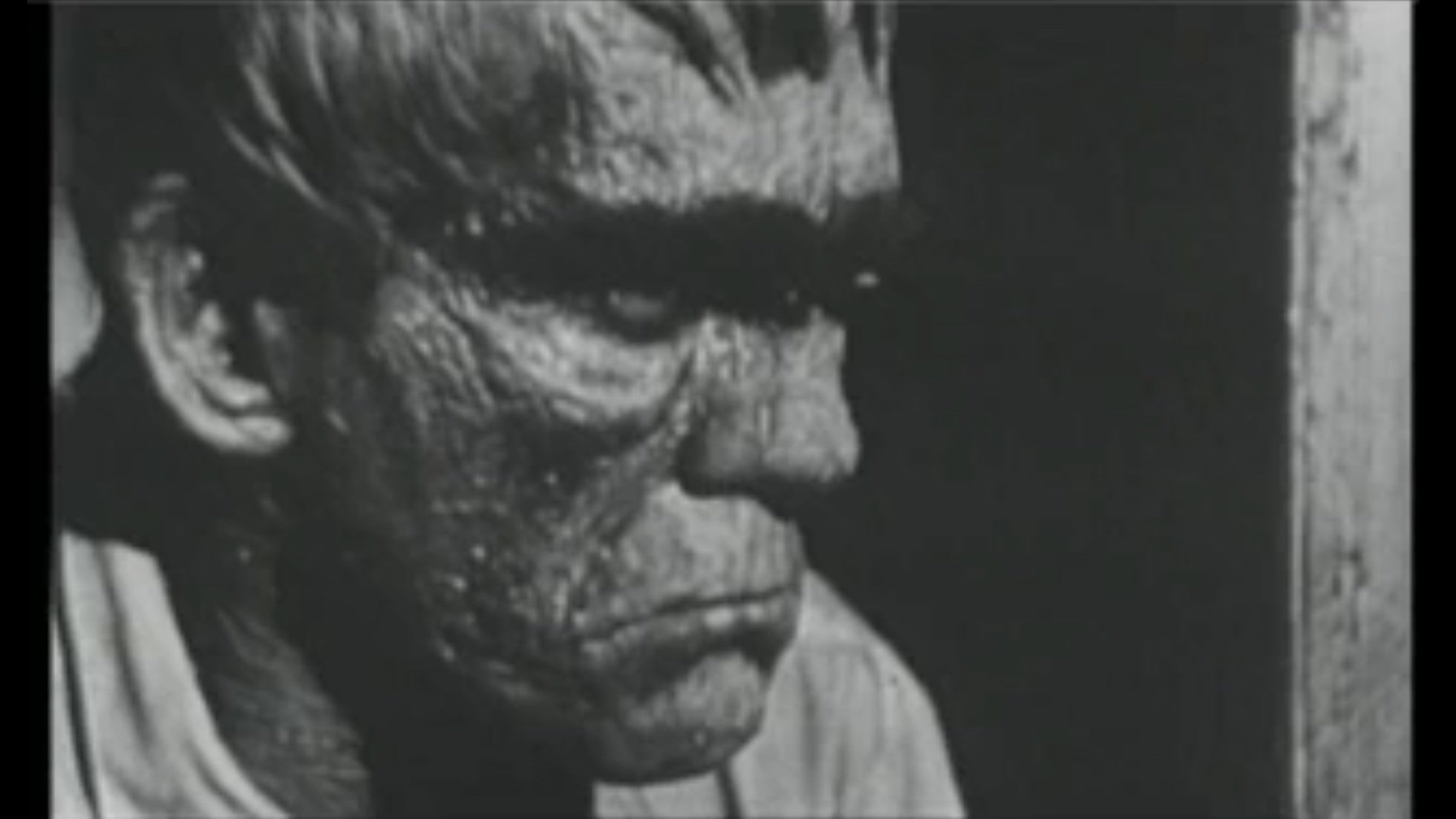
The Ghoul (1933): A Forgotten Gem with a Lasting Legacy
Released in 1933, The Ghoul is a lesser-known but fascinating entry in the golden age of Universal-style horror. Directed by T. Hayes Hunter and starring legendary actor Boris Karloff, The Ghoul stands out as an early British horror film that drew on the success of Universal’s Frankenstein (1931) and The Mummy (1932). Though it faded into obscurity for decades, its rediscovery has cemented its place as an influential piece of horror history.
The Story and Production
Set in England, The Ghoul follows the story of Professor Morlant (Karloff), an Egyptologist obsessed with eternal life. Believing an ancient jewel, the "Eternal Light," holds the key to resurrection, he demands it be buried with him upon his death. Predictably, chaos ensues when the jewel is stolen, and Morlant rises from the grave to seek revenge.
The film’s gothic atmosphere, complete with shadowy mansions, graveyards, and Egyptian mysticism, reflects the influence of Universal’s horror hits. Karloff’s performance as the vengeful Morlant is both chilling and tragic, showcasing the actor’s unique ability to bring depth to monstrous roles. The supporting cast, including Cedric Hardwicke and Ernest Thesiger, adds layers of tension and dark humor to the narrative.
Despite its strong cast and atmospheric production, The Ghoul suffered from lukewarm reviews at its release. British horror was still in its infancy, and the film struggled to make the same cultural impact as its American counterparts. Over time, it was considered lost, with only poor-quality prints circulating among collectors.
Rediscovery and Influence
In the 1980s, a pristine print of The Ghoul was discovered in a film archive in Czechoslovakia, sparking renewed interest in the film. Its restoration highlighted the film’s striking cinematography and Karloff’s magnetic presence, leading to its reevaluation as an important piece of horror history.
While The Ghoul did not achieve the iconic status of Frankenstein or Dracula, it holds a unique place in the evolution of British horror cinema. It paved the way for later British horror films, such as those produced by Hammer Studios in the 1950s and 1960s. Its blend of gothic settings and supernatural terror became hallmarks of British horror, influencing films like The Curse of Frankenstein (1957) and The Horror of Dracula (1958).
The Legacy
Today, The Ghoul is celebrated as a hidden gem, offering a glimpse into the early days of British horror and the global influence of Boris Karloff. Its mix of gothic horror and Egyptian mysticism continues to intrigue fans and scholars alike, making it a must-watch for those exploring the roots of the genre. While it may not have reached the same legendary status as some of its contemporaries, The Ghoul remains an atmospheric and haunting tale that helped shape the landscape of horror cinema.
